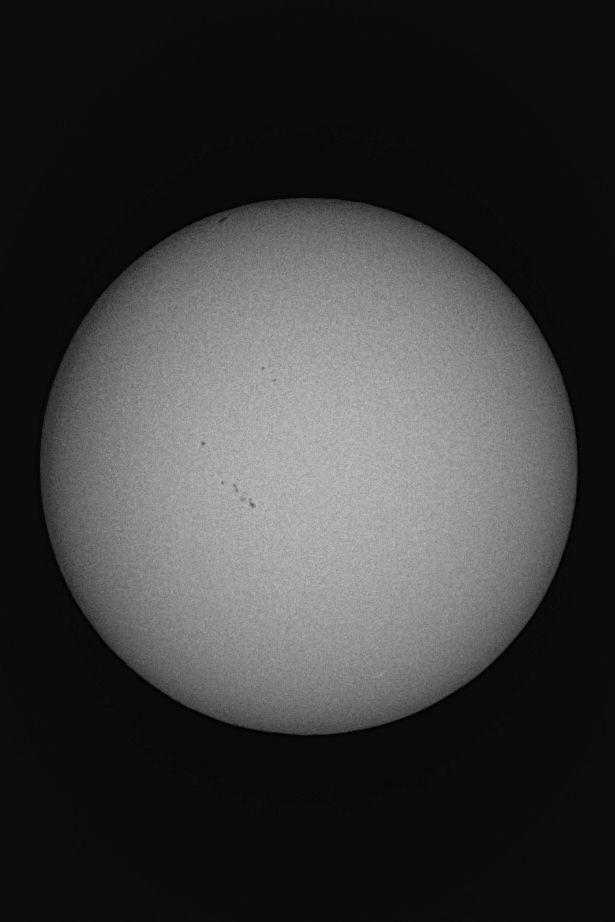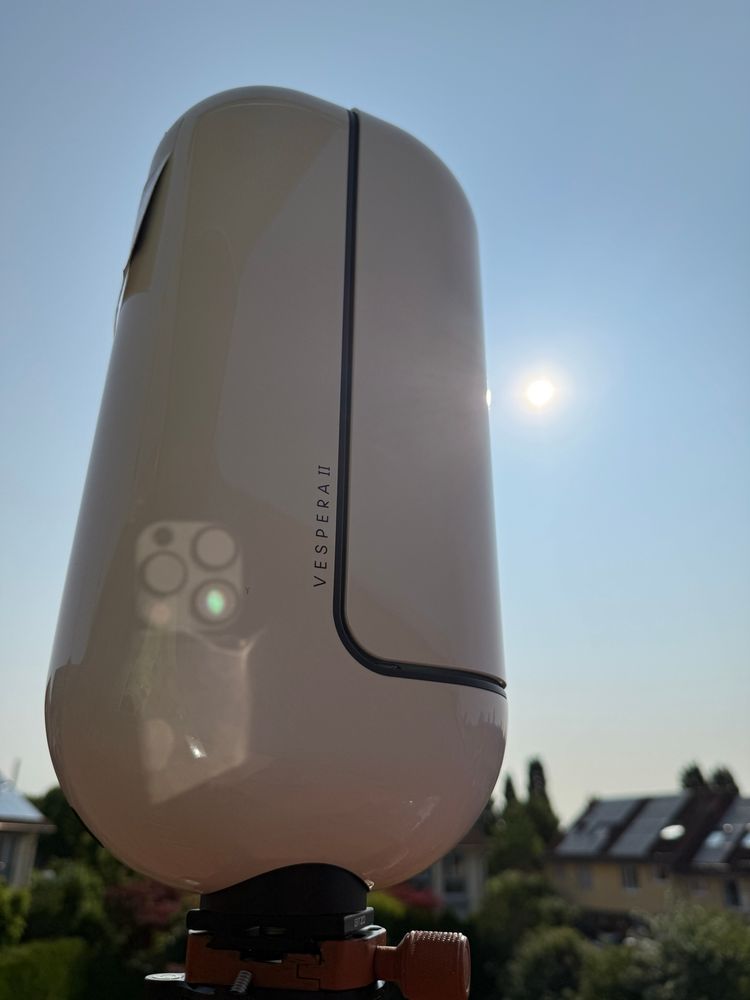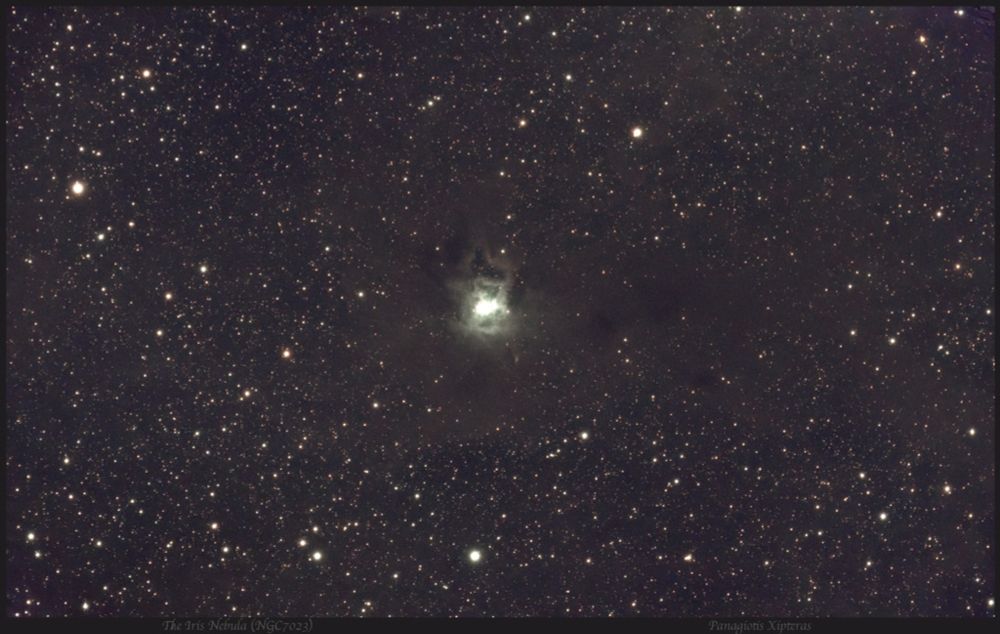
Astronomy Astrophotography Space stuff
Lost in Space


astrobin.com/full/qb8blw/D/
#Astrophotography #Space #Astronomy #Nebulae
Very excited about this one which incorporates data taken with a new [Ar III] filter available for the QHY miniCAM8M system. More details are available on my astrobin: app.astrobin.com/i/jk9lev
#astrophotography #nebula

Very excited about this one which incorporates data taken with a new [Ar III] filter available for the QHY miniCAM8M system. More details are available on my astrobin: app.astrobin.com/i/jk9lev
#astrophotography #nebula

www.astrobin.com/full/kit89v/D/
#Astrophotography #Astronomy #Galaxy

www.astrobin.com/full/kit89v/D/
#Astrophotography #Astronomy #Galaxy
Image Credit: NASA, ESA, CSA, STScI, Klaus Pontoppidan (STScI),
www.star.ucl.ac.uk/~apod/apod/a...
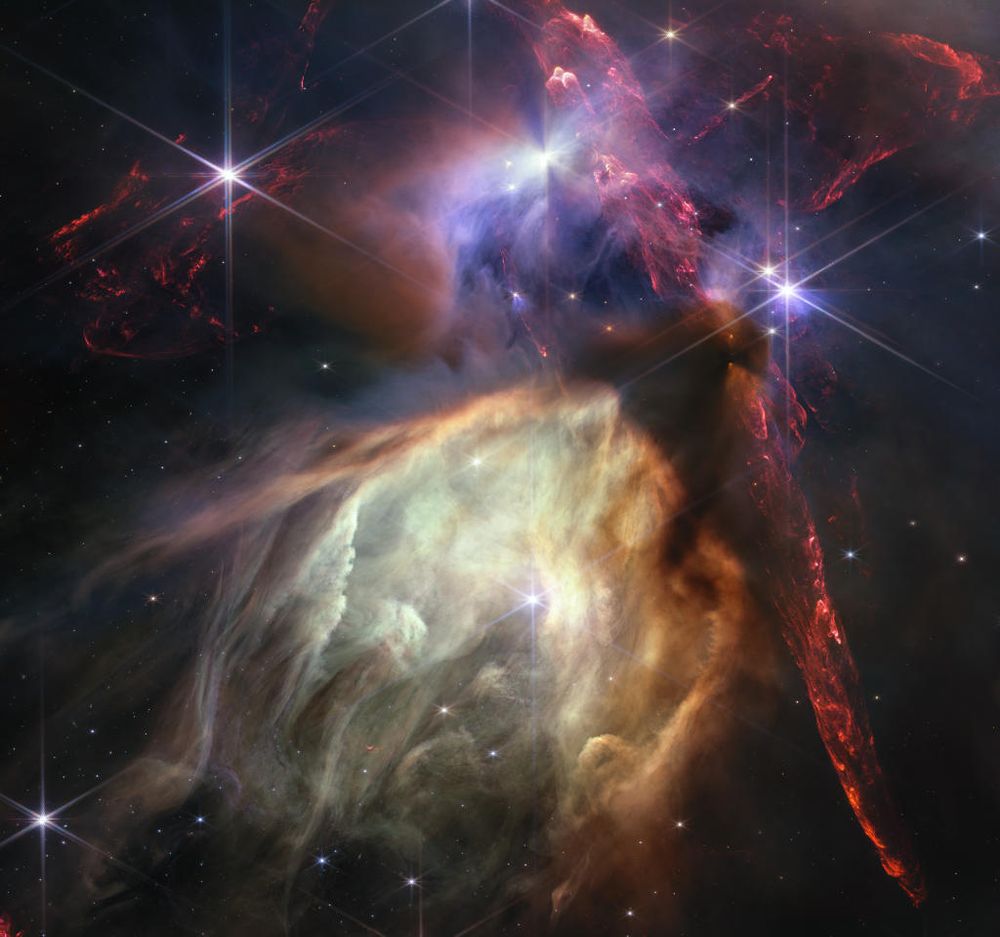
Image Credit: NASA, ESA, CSA, STScI, Klaus Pontoppidan (STScI),
www.star.ucl.ac.uk/~apod/apod/a...


For this one I used my mono camera with red, green and blue filters to capture colour data, which I added to the main mono image to create an LRGB colour image.
Scope was a 550mm focal length Esprit 100.
🔭

For this one I used my mono camera with red, green and blue filters to capture colour data, which I added to the main mono image to create an LRGB colour image.
Scope was a 550mm focal length Esprit 100.
🔭

www.astrobin.com/full/p648at/E/
#Astrophotography #Astronomy #Galaxy

www.astrobin.com/full/p648at/E/
#Astrophotography #Astronomy #Galaxy

It is at redshift 0.079 (lookback time 1.08 billion years) with coordinates (177.92163, -3.17477).
43 volunteers classified this galaxy in Galaxy Zoo 2.🔭

It is at redshift 0.079 (lookback time 1.08 billion years) with coordinates (177.92163, -3.17477).
43 volunteers classified this galaxy in Galaxy Zoo 2.🔭
It is at redshift 0.028 (lookback time 397.0 million years) with coordinates (245.76239, 26.53822).
48 volunteers classified this galaxy in Galaxy Zoo 2.

It is at redshift 0.028 (lookback time 397.0 million years) with coordinates (245.76239, 26.53822).
48 volunteers classified this galaxy in Galaxy Zoo 2.
astrobin.com/full/p6h4bu/0
#Astrophotography #Astronomy #Galaxy

astrobin.com/full/p6h4bu/0
#Astrophotography #Astronomy #Galaxy
Entre tormentas y contaminación lumínica, llegué a la localización sin saber si podría capturar la imagen que tenía en mente.
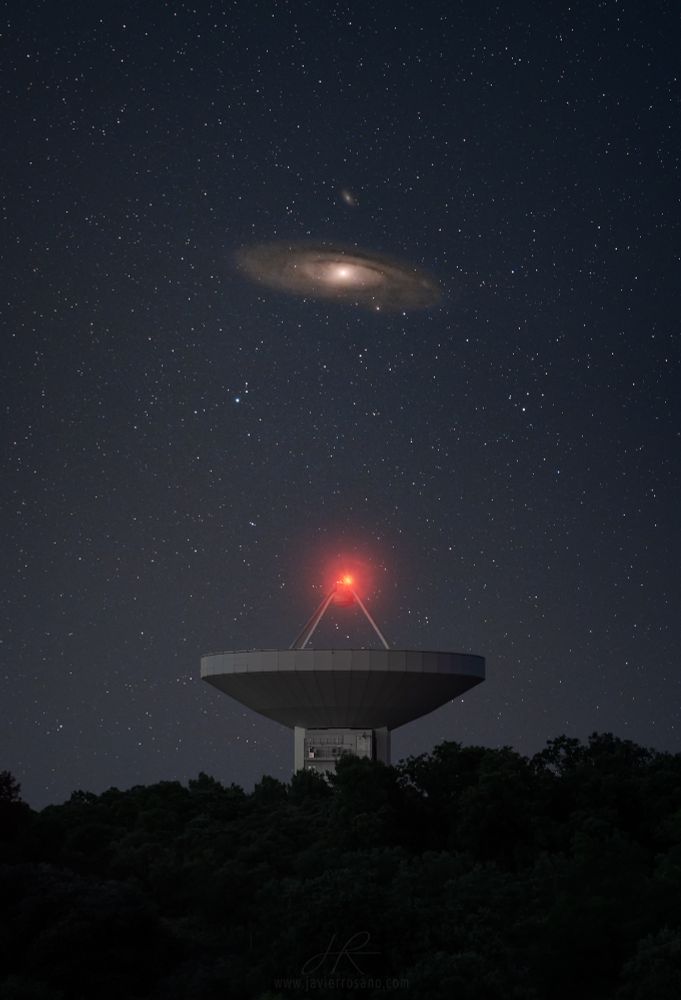
Entre tormentas y contaminación lumínica, llegué a la localización sin saber si podría capturar la imagen que tenía en mente.

![Messier 14 – Metal-Poor Globular Cluster in Ophiuchus
Messier 14 (NGC 6402) is a moderately concentrated globular cluster located in the constellation Ophiuchus, approximately 30,300 light-years from Earth. With an estimated age of ~13.25 billion years, it is a representative example of the old, metal-poor stellar populations that inhabit the Galactic halo.
The cluster spans about 100 light-years in diameter and contains several hundred thousand Population II stars. Its low metallicity ([Fe/H] ≈ –1.28) reflects a formation epoch early in the history of the Milky Way. M14 is classified as a Shapley-Sawyer Class VIII cluster and exhibits a relatively diffuse outer halo surrounding a dense core.
More than 70 RR Lyrae variable stars have been identified within the cluster, making it useful for refining distance measurements through the period-luminosity relation. In 1938, a nova event was recorded on photographic plates, one of the few confirmed nova eruptions within a globular cluster.
Imaging Details:
Telescope: Celestron EdgeHD 8"
Camera: ZWO ASI1600MM Pro
Filters: ZWO Red, Green, Blue (36mm)
Exposure:
Red: 96 × 60 sec
Green: 90 × 60 sec
Blue: 90 × 60 sec
Mount: Sky-Watcher EQ6-R Pro
Software: NINA (acquisition), PixInsight (processing)
This image resolves the core and extended halo of M14 in broadband RGB. The cluster’s structure and variable population contribute to studies of globular cluster dynamics, distance calibration, and the early chemical evolution of the Milky Way.](https://cdn.bsky.app/img/feed_thumbnail/plain/did:plc:6mpbzjkeebrjlj2jbtehabsu/bafkreibg6x6yxrrelxu56lsuvsj2svvc5dmyro7qkb7wbosjluu6nuuvxe@jpeg)
It was travelling past the Sun at 430,000 mph (i.e London to New York in 30sec) at a distance of only 9.85 Sun-Radii above the solar surface. Temperatures were > 1000℃ 🥵
🔭🧪
🎥: www.youtube.com/watch?v=k1dT...


It was travelling past the Sun at 430,000 mph (i.e London to New York in 30sec) at a distance of only 9.85 Sun-Radii above the solar surface. Temperatures were > 1000℃ 🥵
🔭🧪
🎥: www.youtube.com/watch?v=k1dT...
The companion galaxy is NGC 5195, has been interacting for million years.
www.astrobin.com/full/gza49l/B/ #Galaxy #Space
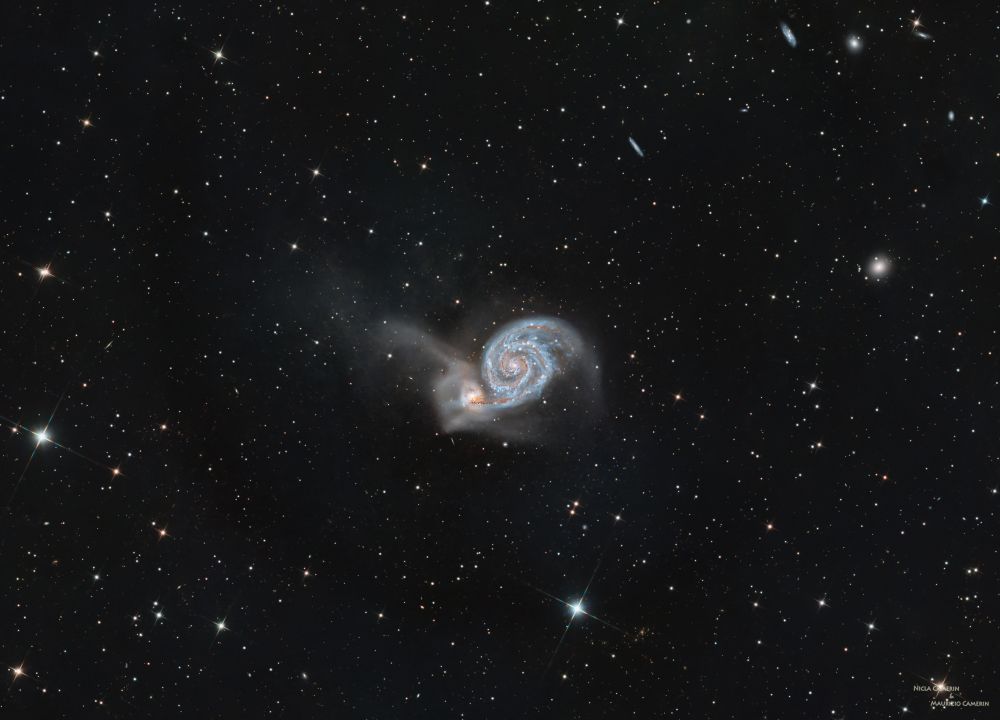
The companion galaxy is NGC 5195, has been interacting for million years.
www.astrobin.com/full/gza49l/B/ #Galaxy #Space
It is at redshift 0.75 (lookback time 6.78 billion years) with coordinates (214.56647, 52.68451).
125 volunteers classified this galaxy in Galaxy Zoo: Hubble.
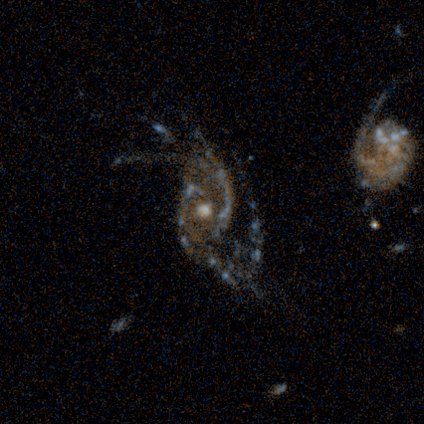
It is at redshift 0.75 (lookback time 6.78 billion years) with coordinates (214.56647, 52.68451).
125 volunteers classified this galaxy in Galaxy Zoo: Hubble.
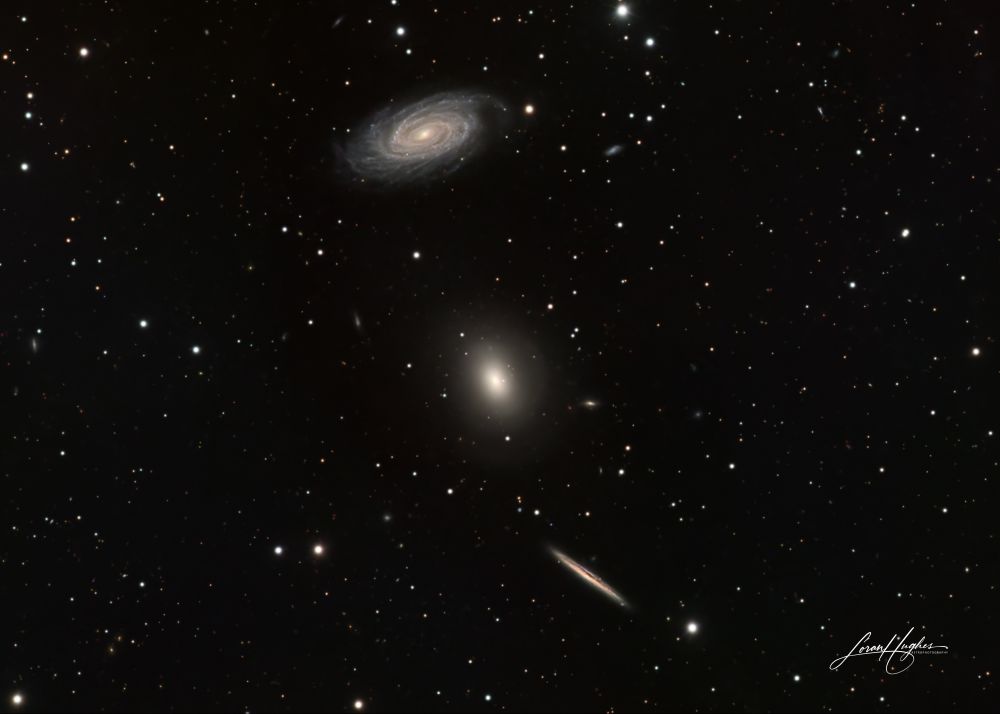
@kat-astro-bot.bsky.social

@kat-astro-bot.bsky.social
Image Credit: M. Drechsler, Y. Sainty, A. Soto, N. Martino, L. Leroux-Gere, S. Khallouqui, & A. Kaeouach; Text: Ogetay Kayali (Michigan Tech U.)
apod.nasa.gov/apod/ap25060...

Image Credit: M. Drechsler, Y. Sainty, A. Soto, N. Martino, L. Leroux-Gere, S. Khallouqui, & A. Kaeouach; Text: Ogetay Kayali (Michigan Tech U.)
apod.nasa.gov/apod/ap25060...
